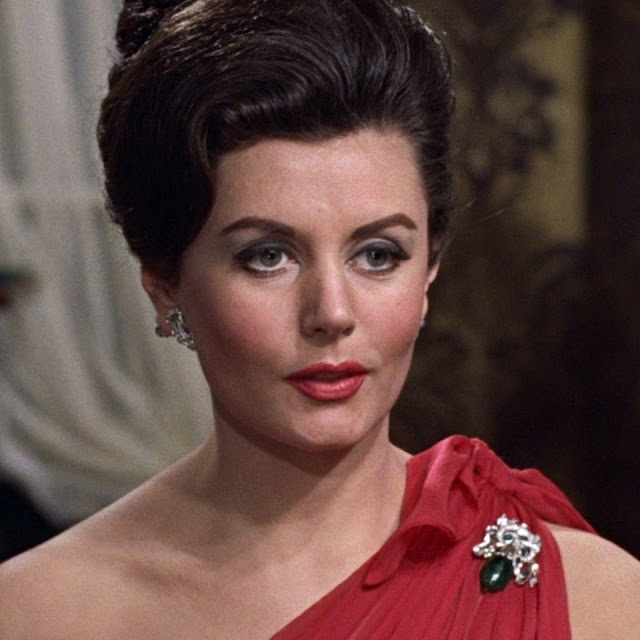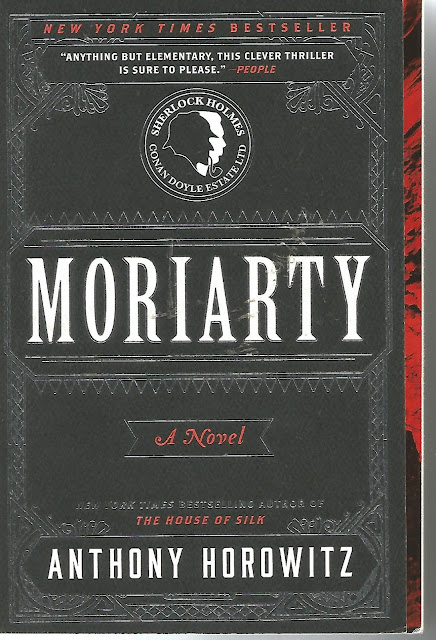The daily, physical print and ink version of The Austin American-Statesman has been a part of my life for as long as I can remember. In fact, I can recall when there were two daily editions, a morning, the American, and an afternoon, the Statesman (or was it the other way around?). And I can recall going downtown on Saturday nights and buying the Sunday paper from an honest to gosh "newsboy" on the corner of Sixth and Congress.
My family always had a subscription and at some point, I took over the cost and became the subscriber. No matter where I've lived over the years, the newspaper was always there, at the foot of the driveway, sometimes wrapped in plastic, sometimes not (and sometimes soaked in water, no matter what) waiting for me. Getting up and going out and getting the paper was an ingrained part of my daily routine. I would read the headlines while I ate my breakfast and then retire to my bedroom (now, upstairs to the man cave) with a cup of coffee to read more, almost always the sports and lifestyle/entertainment (wherever the funnies were) sections. On Sundays, I always read the Books and Insight section, now sadly reduced to just Insight.
As a subscriber, I've also received in my email box every day for the last couple of years, a link to the online version of the Statesman, the e-paper edition. I would never click on this, I always deleted it because I wanted to read my paper the old-fashioned way. As long as the Statesman was offering a print and ink edition, by god, I was going to read it that way, digital be damned. I want a PAPER, dammit. That's the way I've always read it and that's the way I'll continue to read it as along as it's still available.
But times change. When Judy told me a few weeks back how much our annual subscription to the Statesman cost (over $500), I couldn't believe it. That was way too much money to be spending in my opinion and so, it finally came down to a matter of economics. I decided, on my own, to pull the plug on the physical delivery part of the subscription and finally submit to reading the paper online.
This was a major, life-shifting event for me as old habits die hard around here. But like Clint Eastwood said in HEARTBREAK RIDGE, "adapt, overcome, improvise!"
I've been reading the Statesman every morning on my computer for almost a month now. It took me awhile to get used to it and figure out the navigation tools but I'm comfortable with it now. As part of this radical new way to consume the news, I've made a pledge to myself regarding my newspaper reading. In an effort to combat the rampant ignorance in this country, the rise of "fake news", the belief that "facts don't matter", the election of a self confessed and proud of it non-reader to the highest office in the land and a host of other societal ills, I've changed the way I read the paper. I now read the A section almost entirely and if I have time to get deeper into the paper, I do. But I want to be informed about the major, top stories in Austin, Texas, the USA and the world. The only way to fight stupid people is to become smarter yourself.
Granted, there are other bigger daily newspapers out there that offer more content and better reportage. But I claim the Statesman as my own. After all, I've not only been a constant reader I was also a contributor for a time back in the 1990s when I freelanced for them on a regular basis.
So, I've finally entered the 21st century when it comes to reading the newspaper. Who knows what other momentous, life changing events are in store for 2017? Stick with me and let's find out together.
|














